The specialty of facial plastic and reconstructive surgery has undergone many changes over the past several decades.
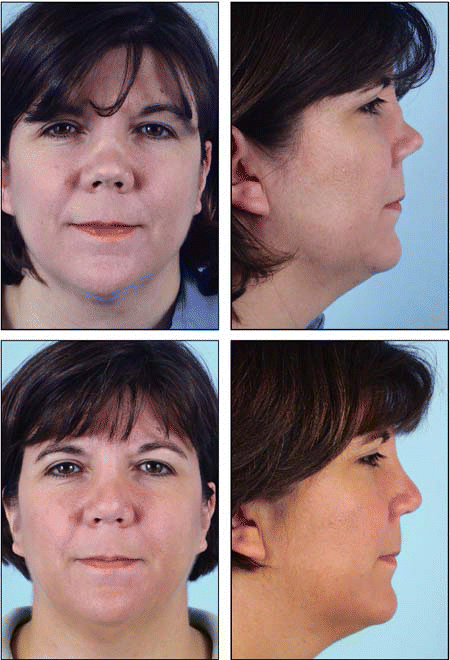

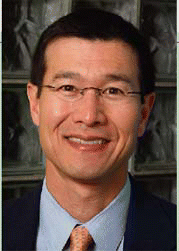
As otolaryngologists and facial plastic surgeons, we are fortunate to have the opportunity to perform many challenging operations of the head and neck.
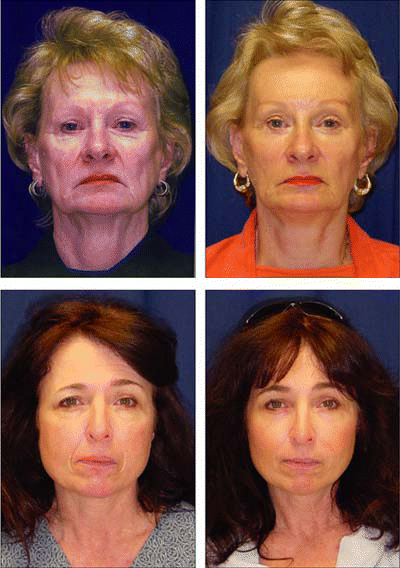
What patient wouldn’t want three or four very small incisions that heal rapidly with little or no scarring and no residual numbness, compared with a foot-long slice at or under the hairline that takes longer to heal and sometimes leaves a puffed-up scar and/or permanent loss of sensation?
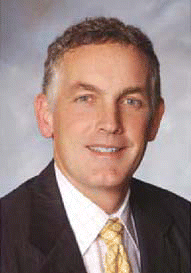
After a hiatus associated with a checkered past, gene therapy is again showing promise in several fields of medicine, and otolaryngology is no exception.
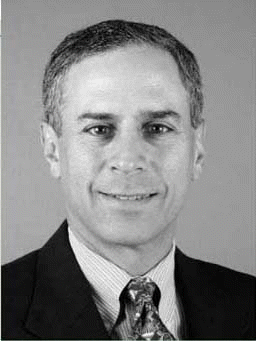
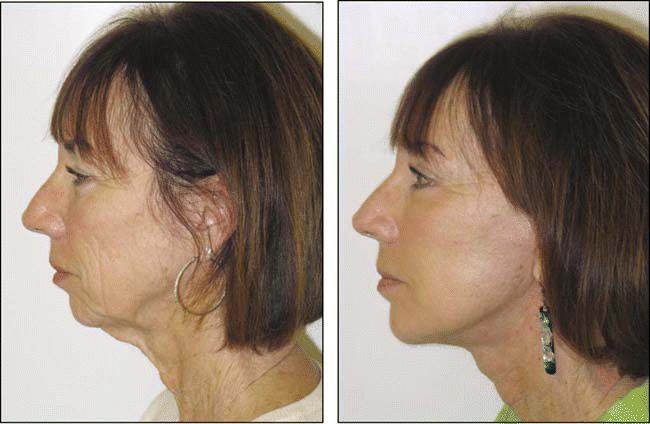
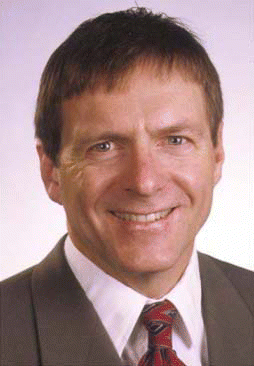
The number of people looking for a nip here, a tuck there, a new nose, or higher brows is on the rise.
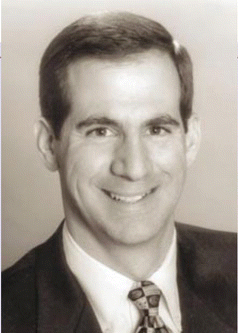
Platelet-rich plasma (PRP), a rich source of growth factors, has gained popularity as a method to boost healing after facial plastic surgery and rejuvenation procedures, such as laser skin resurfacing and facelift surgery.